Is Tropical Milkweed Bad For Your Butterflies? What You Can Do
Tropical milkweed is a harmful plant that can trick both humans and monarch butterflies, and is contributing to declining monarch populations.
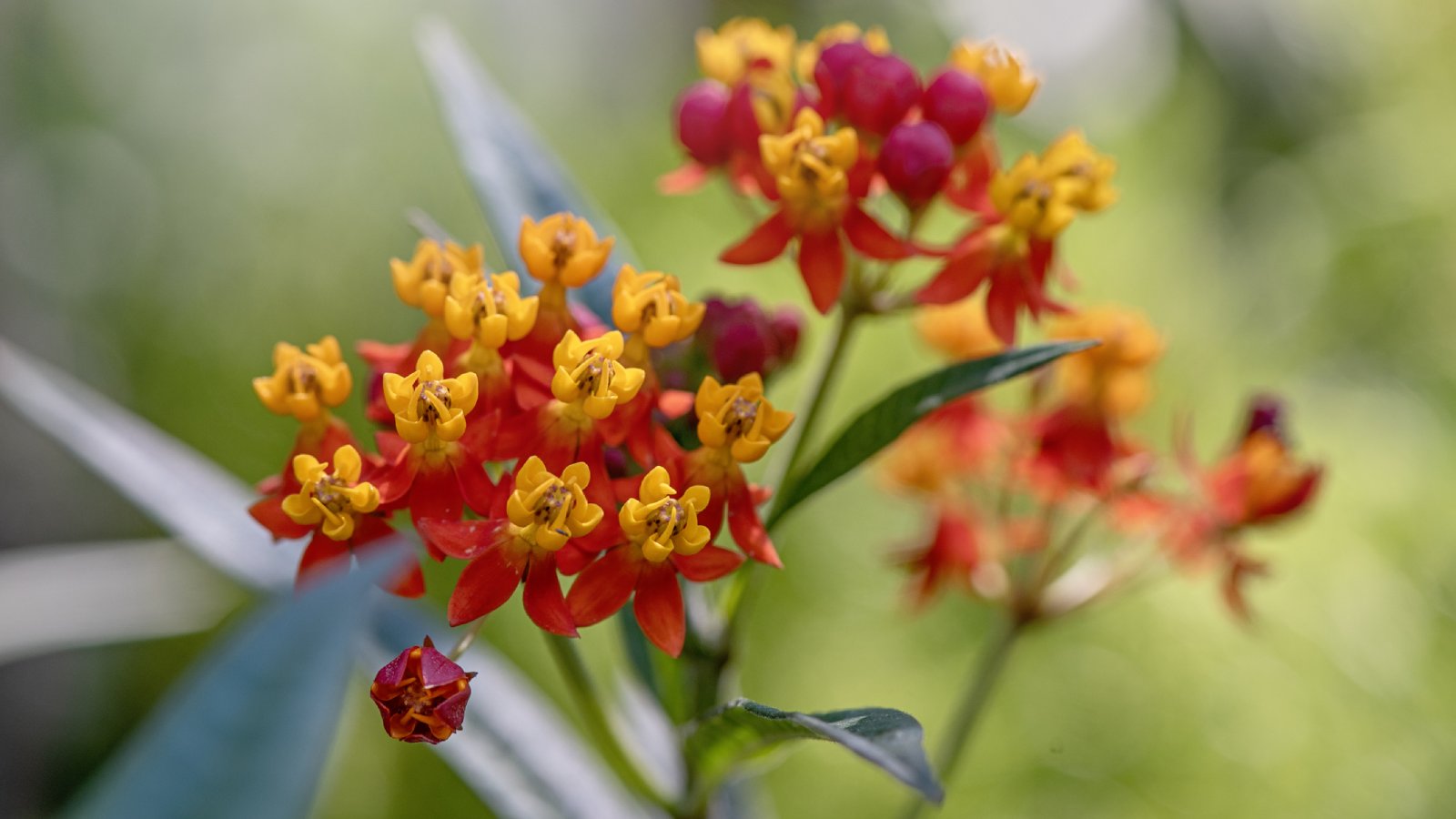

The plight of monarch butterflies is well known. The population of the monarch’s host plant, native milkweed, is diminishing, which makes it difficult for the butterflies to survive. As a result, many gardeners have been planting milkweed to try to help the monarchs. But one type of milkweed that has been advertised as being good for monarchs - tropical milkweed - is in fact a problem for these butterflies.
Before you start planting tropical milkweed seedlings, you need to understand the ways in which this plant upsets the migration of the species.
What's the Difference between Tropical vs. Regular Milkweed?
Not every milkweed species is exactly the same. Tropical milkweed versus native milkweed – exactly what are the differences?
Tropical milkweed (Asclepias curassavica) is an attractive plant, with blossoms and gorgeous green foliage. In mild climates, tropical milkweed doesn’t go dormant. It thrives in spring, summer, fall and winter.
Native milkweed plants, on the other hand, die back after they bloom. They also have flowers and lush leaves, but once winter arrives, they go dormant. This difference proves critical when we consider the relationship of the plants to the butterflies.
The Benefits of Growing Tropical Milkweed in Your Garden
Tropical milkweed is not only an attractive plant, but it is so easy to grow. Compare this to native milkweed which is difficult to propagate. It requires cold stratification of seeds and doesn’t constantly germinate. The tropical variety has impressive blossoms that ornament the garden from June through November, putting on a fabulous display. Tropical milkweed plant care is minimal, and, in warmer areas, it either thrives all year long or returns every year as a perennial.
With all of these benefits, the tropical milkweed plant makes a very good impression on gardeners who want to assist the monarch. You may wonder why you should plant the more difficult native milkweed when this tropical variety is both prettier and easier to take care of. Here’s why.
Gardening tips, videos, info and more delivered right to your inbox!
Sign up for the Gardening Know How newsletter today and receive a free copy of our e-book "How to Grow Delicious Tomatoes".
Why Tropical Milkweed is Bad for Monarch Butterflies
But despite all this, tropical milkweed is bad for the monarch population. It interferes with monarch migration and reproduction in several ways.
First, in the north, tropical milkweed grows at the same time of the year as native milkweed. This can confuse the butterflies and make them believe that it is breeding time rather than migration time. For example, in Minnesota, the presence of tropical milkweed prevents monarchs from starting on their normal fall migration to Mexico. While it takes several generations of monarchs to fly north from Mexico, these butterflies fly all the way back to Mexico in one generation. Because this flight requires so much energy, the adults pass into reproductive diapause, meaning that they do not mate. But if the monarchs encounter tropical milkweed, they can break out of their diapause, lay eggs, and stay in the area. When a cold snap comes, the butterflies, caterpillars and eggs will die.
Another problem occurs in mild weather areas where tropical milkweed survives the winters. Monarchs that visit the plants deposit a protozoan parasite called Ophryocystis elektroscirrha (“OE”) on the milkweed leaves. Monarch caterpillars hatching out on the plant eat the leaves together with the OE. Over time, the levels of OE become toxic, which is not true for native milkweed. Although monarchs deposit OE on native milkweed as well, the plant always dies back after flowering, killing off the OE every year. As climate change continues to warm the plant, tropical milkweed may successfully overwinter in more and more locations, enlarging the scope of the OE issue.
Is it Possible to Grow Tropical Milkweed Safely?
There may be safe ways to grow tropical milkweed. This plant can be safely grown in colder-winter areas, since it will die back with the first frost. In warmer areas, gardeners might try growing it in greenhouses. But as the world climate continues to warm, the better, safer option is simply not to plant it and plant native species instead.
Wildlife-Friendly Alternatives to Tropical Milkweed
If you love the look of tropical milkweed but have been convinced not to plant it, don’t worry, there are wildlife-friendly alternatives. If you want a native species that is drought-tolerant, try yarrow (Achillea millifolium). It has lovely yellow, red, pink, or white blossoms. The Zinnia (Zinnia elegans) is another option. It is an annual and there are many cultivars in different colors. Another option is tickseed (Coreopsis), a native perennial with gold and red flowers.
Frequently Asked Questions
Is tropical milkweed invasive?
Yes, tropical milkweed is invasive. It escapes cultivation and establishes in the wild.
Is tropical milkweed a perennial?
Tropical milkweed is a perennial plant in USDA zones 8 - 11, growing as an evergreen in many warm areas. It is an annual in colder zones.

Teo Spengler is a master gardener and a docent at the San Francisco Botanical Garden, where she hosts public tours. She has studied horticulture and written about nature, trees, plants, and gardening for more than two decades. Her extended family includes some 30 houseplants and hundreds of outdoor plants, including 250 trees, which are her main passion. Spengler currently splits her life between San Francisco and the French Basque Country, though she was raised in Alaska, giving her experience of gardening in a range of climates.
-
 12 Lush Alternatives To A Lawn For Sustainable Spaces
12 Lush Alternatives To A Lawn For Sustainable SpacesAlternatives to a lawn are beautiful and also beneficial to your local ecosystem and its pollinators. Explore our top picks for plants to replace grass.
By Tonya Barnett
-
 Types Of Tomatoes Explained: Explore The Many Wonderful Shapes, Colors, Flavors, & Best Uses
Types Of Tomatoes Explained: Explore The Many Wonderful Shapes, Colors, Flavors, & Best UsesThe world of tomato varieties is vast and fascinating. Learn about the key types to grow in your garden, tailored to your preferences and space.
By Amy Grant
-
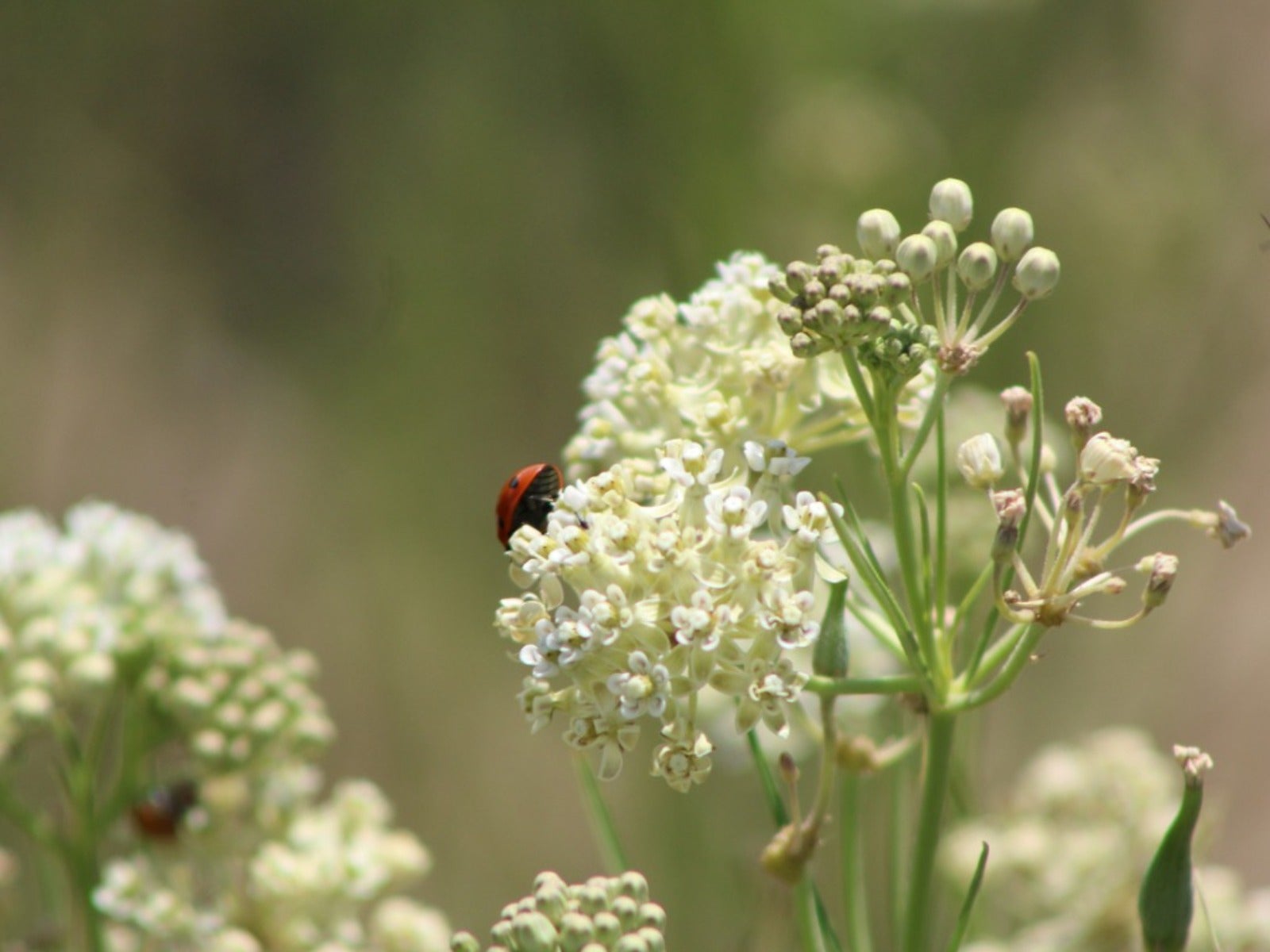 How To Grow Native Whorled Milkweed In The Garden
How To Grow Native Whorled Milkweed In The GardenWhorled milkweed is beloved by monarch butterflies, but it attracts other pollinators, too. Click to read more.
By Mary Ellen Ellis
-
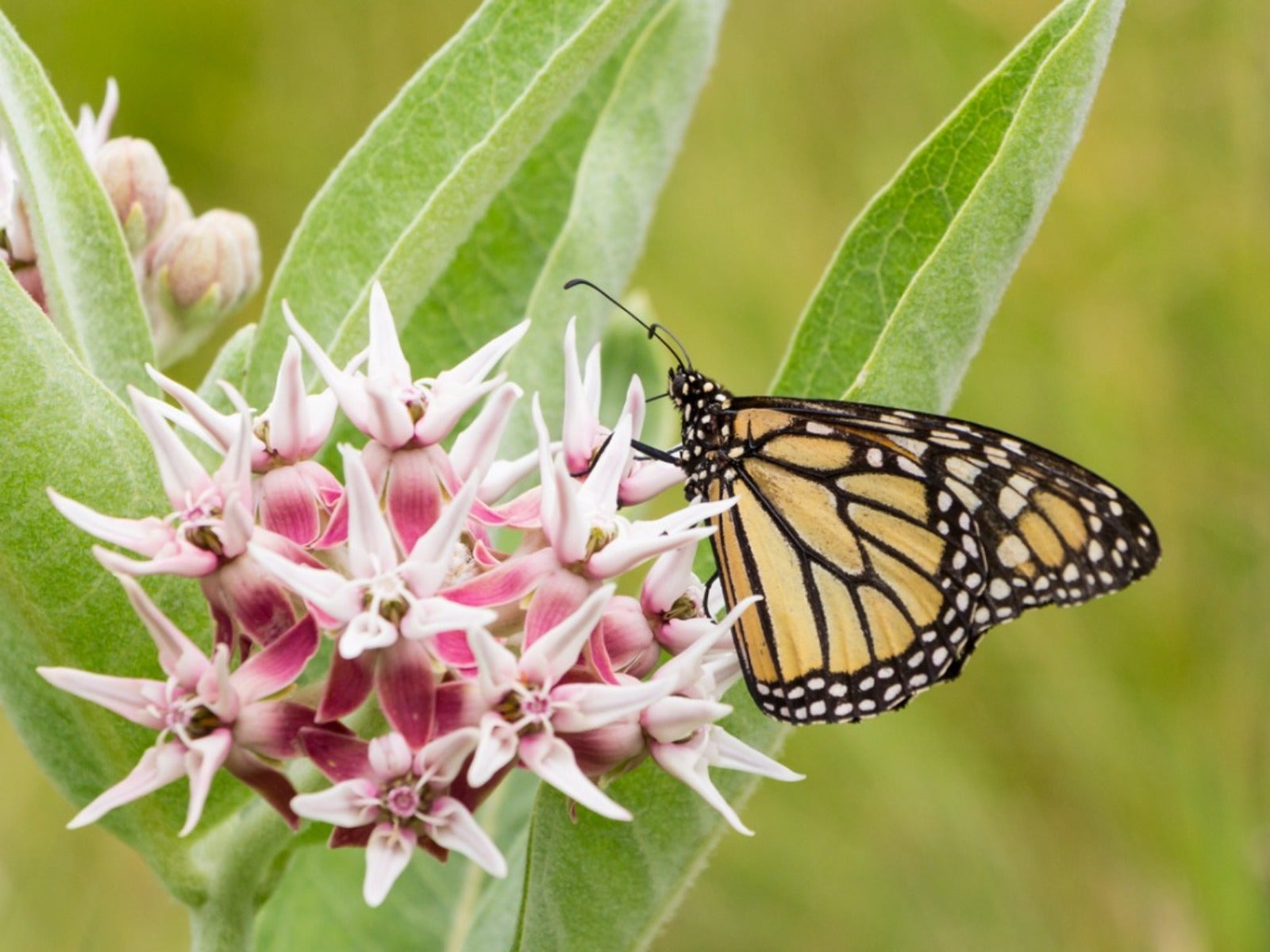 Best California Milkweed Varieties For Monarch Butterflies
Best California Milkweed Varieties For Monarch ButterfliesClick here to learn what the best milkweed varieties for California are.
By Teo Spengler
-
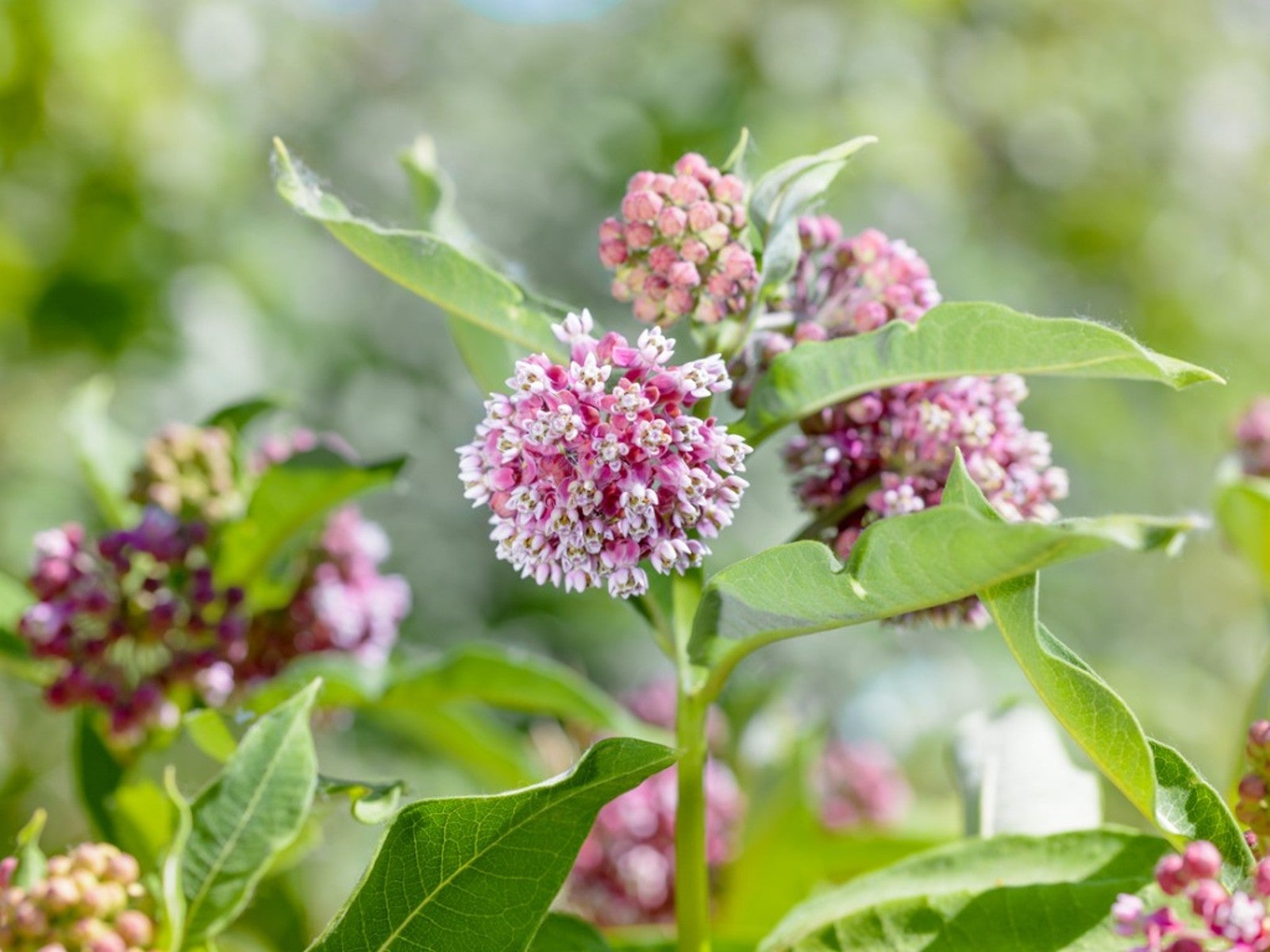 Is Milkweed Plant Poisonous To Pets, People And Livestock?
Is Milkweed Plant Poisonous To Pets, People And Livestock?Butterflies love and depend on milkweed, but the plant is toxic to other animlas. Learn about how to use it responsibly.
By Susan Albert
-
 Growing Showy Milkweed From Seed Or Cuttings
Growing Showy Milkweed From Seed Or CuttingsMilkweed is a valuable addition to gardens as a magnet for butterflies and other pollinators. Plant it from seed or cuttings, but watch out for the sap.
By Tonya Barnett
-
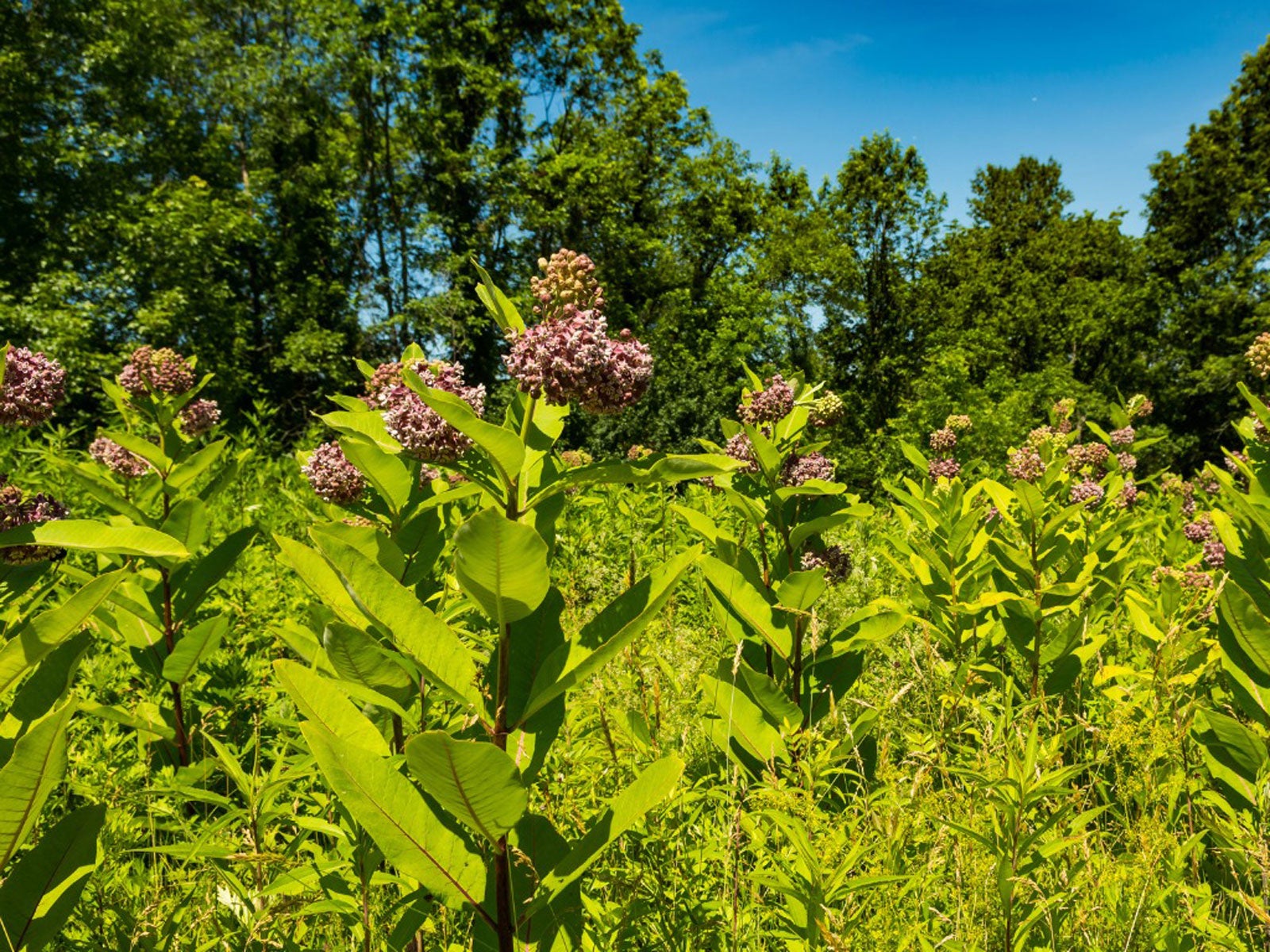 Milkweed Cutting Propagation: Learn About Rooting Milkweed Cuttings
Milkweed Cutting Propagation: Learn About Rooting Milkweed CuttingsYou may already grow milkweed if you have a butterfly garden. Starting milkweed from cuttings can increase the number of plants you have. For more information, click here.
By Laura Miller
-
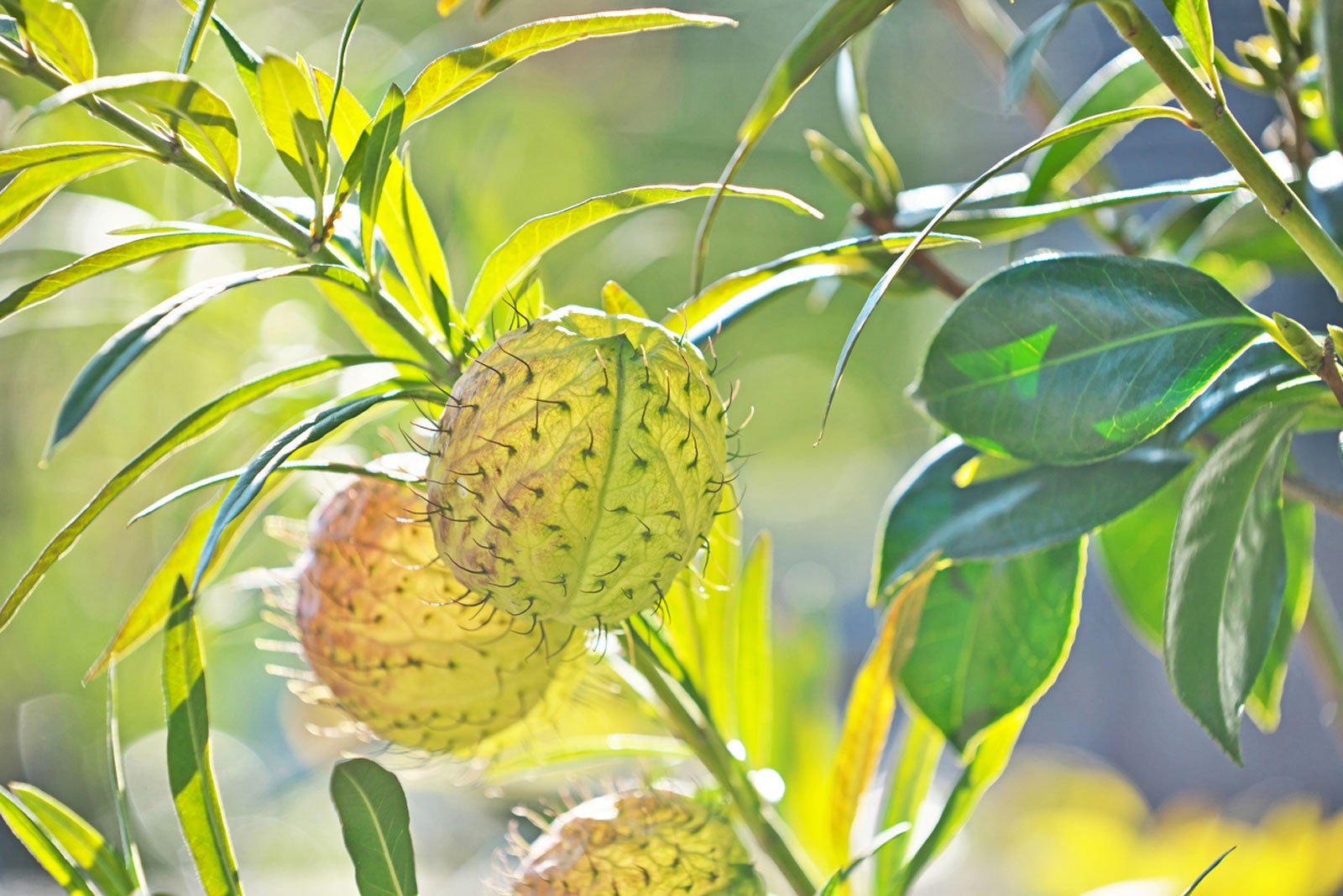 How To Grow Balloon Plants: Care Of Balloon Plants In The Garden
How To Grow Balloon Plants: Care Of Balloon Plants In The GardenLike all members of the milkweed family, the balloon plant is one of the best plants for attracting monarch butterflies. Learn more about adding the balloon plant milkweed species to your garden in this article. Click here for additional information.
By Mary H. Dyer
-
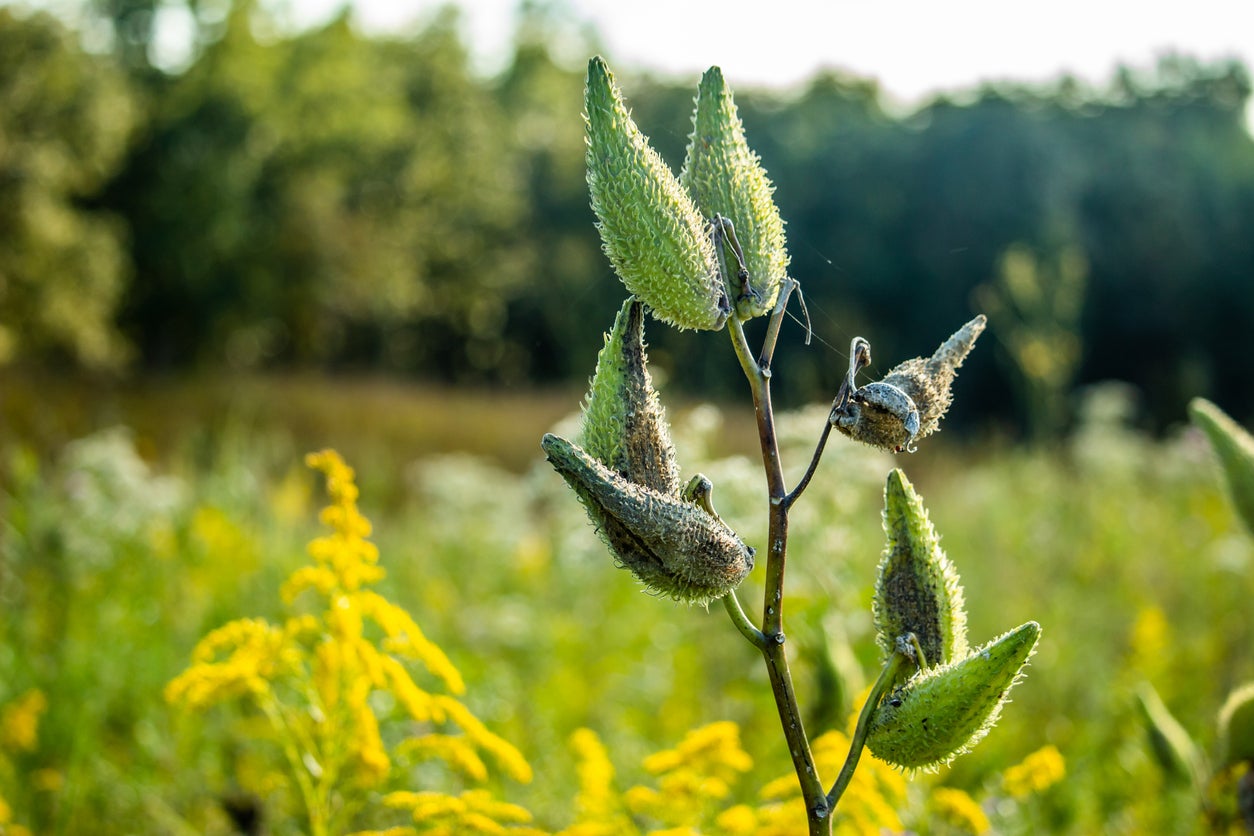 Milkweed Pruning Guide: Do I Deadhead Milkweed Plants
Milkweed Pruning Guide: Do I Deadhead Milkweed PlantsGrowing the plants will attract and feed these beautiful butterflies. But you may be asking, “should I prune milkweed.” Milkweed pruning isn’t really necessary, but deadheading milkweed can enhance appearance and encourage further flowering. Click here for more info.
By Bonnie L. Grant
-
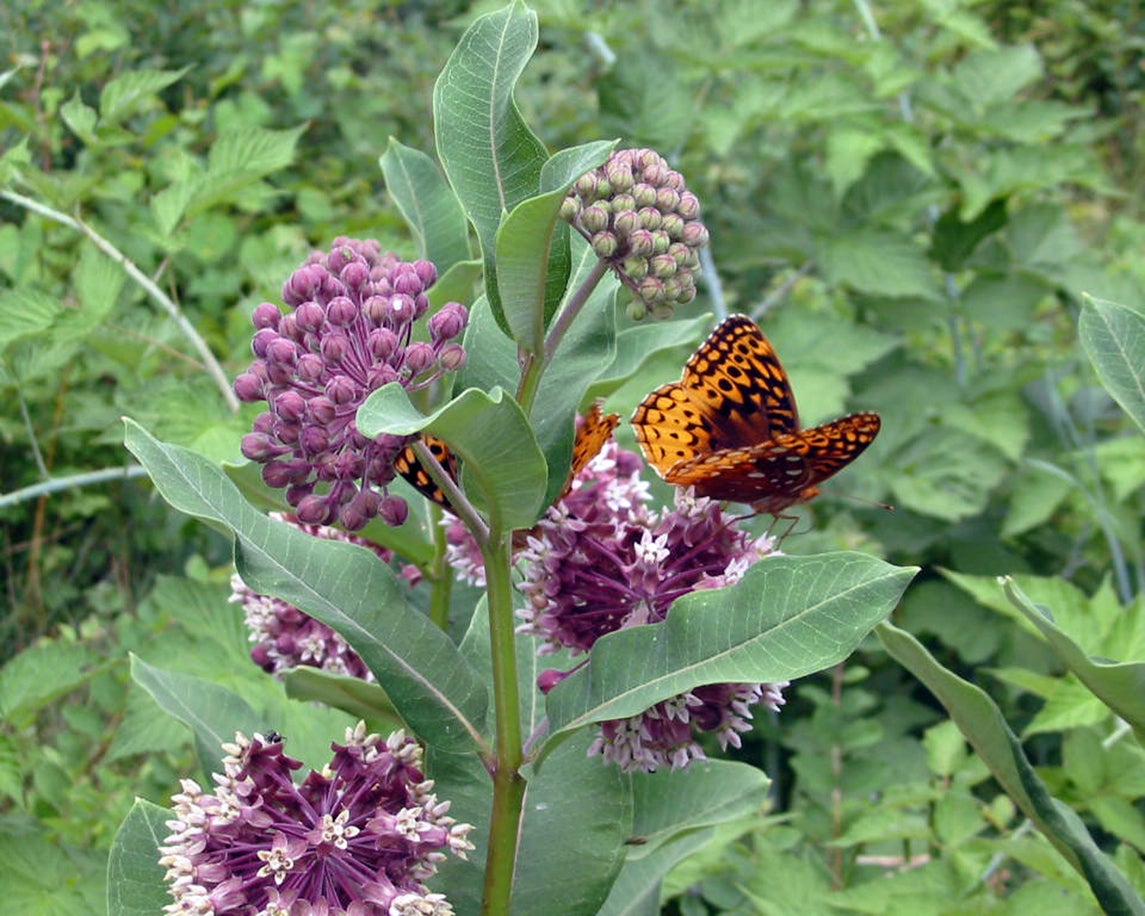 No Flowers On Milkweed – Reasons For Milkweed Not Blooming
No Flowers On Milkweed – Reasons For Milkweed Not BloomingThe sweet nectar of milkweed blooms attracts a wide variety of butterflies, bees, moths and hummingbirds. However, your dream of a garden filled with beautiful winged creatures can quickly become crushed if your milkweed won’t flower. Learn why this happens here.
By Darcy Larum